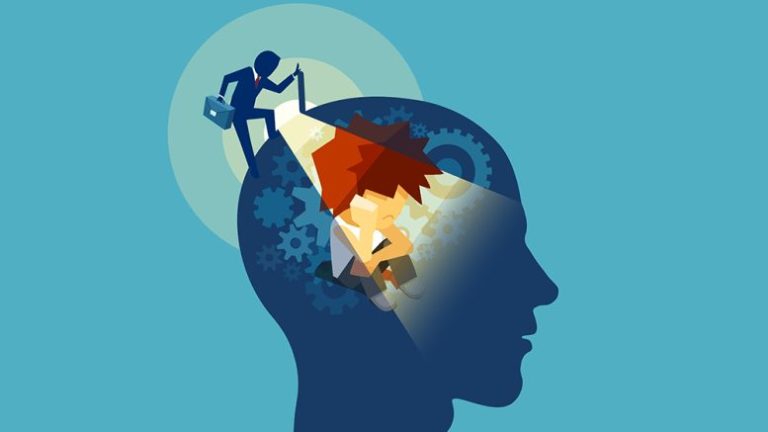What are lucid dreams? Part 2
Lucid dreams are dreams where one is aware of being in a dream and is able to control the dream consciously. Such dreams are different from other dreams because in them there is an increased self-awareness, an increased ability to reflect, and a greater capacity to take action out of one’s own volition.
Research into lucid dreams found that during lucid dreams, there is greater communication between regions of the brain that typically would not be present in dreams. Researchers hope that continued research in this field can help them understand what self-awareness looks like, which in turn can help doctors diagnose self-awareness in unresponsive patients (such as patients who experience brain damage). Other research has looked at the use of lucid dreams to help patients control their nightmares and phobias, in an attempt to improve their quality of life.
The following are some ways in which one can attempt to increase their chances of experiencing lucid dreams. This comes with a word of caution – prolonged experiences of attempting to have lucid dreams can cause sleep disturbances, which can have a negative impact on one’s overall mental wellbeing.
Reality testing
This technique involves regularly questioning whether you are awake throughout the day. For example, it is possible to read a line of text when awake but reading in a dream is more challenging as the text can shift and change. The aim of such questioning is to encourage such questioning while asleep, in the hopes of bringing self-awareness while in REM sleep. A risk of this technique is that it can make one feel disorientated.
Dream diary
Keep a diary where you log your dreams as soon as you wake up. Keeping such a diary has been shown to increase the likelihood of experiencing dreams more often. Meditation can also be used to reflect on the dream and the qualities of the dream.
Mnemonic Induction of Lucid Dreaming (MILD)
When you wake up from a dream, take the time to explore how you know that it was a dream. After you identify what makes you aware that it is a dream repeat “Next time I’m dreaming, I will remember to recognise that I’m dreaming.” This technique can also be done by waking up after 5 hours of sleep, repeating this phrase several times before drifting off.
Wake back to bed
Wake up after 5 hours of sleep and stay away for a short time before trying to go back to sleep. This technique is aimed at increasing the likelihood of the person going into REM sleep, thus increasing the possibility of lucid dreaming. Such a technique should be practised with caution as this has a negative influence on your sleep hygiene.
Drugs and devices
Some drugs and devices have been found to increase the chances of experiencing lucid dreams however there is still limited research on their efficacy and safety.
Petra Borg is a Trainee Gestalt Psychotherapist currently reading for a Masters in Gestalt Psychotherapy from the Gestalt Therapy Institute Malta (GPTIM) and working at Willingness as a Trainee Psychotherapist. She has experience as a Triage Officer and has also worked closely with Willingness over several years, coordinating the international internship programme and providing support over diverse events and initiatives.
If you think that you can benefit from professional support on this issue you can reach out here.
References:
Martins, K. (2020). Lucid dreams. WebMD. https://www.webmd.com/sleep-disorders/lucid-dreams-overview
Robson, D. (2021). Can lucid dreaming help us understand consciousness? The Guardian. https://www.theguardian.com/science/2021/nov/14/can-lucid-dreaming-help-us-understand-consciousness
Cohut, M. (2020). Lucid dreaming: Controlling the stories of sleep. Medical News Today. https://www.medicalnewstoday.com/articles/323077







